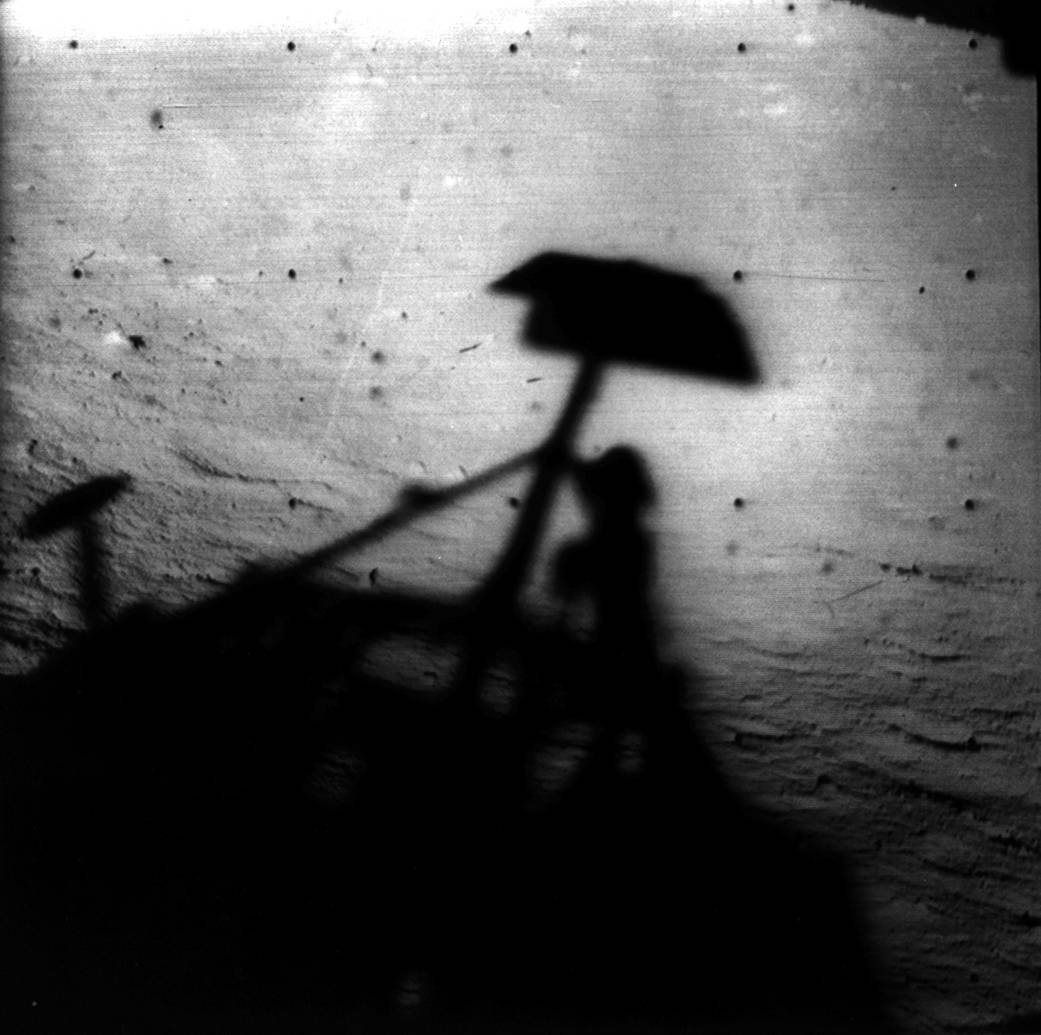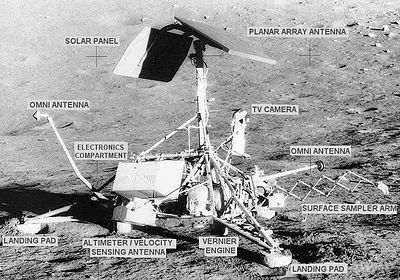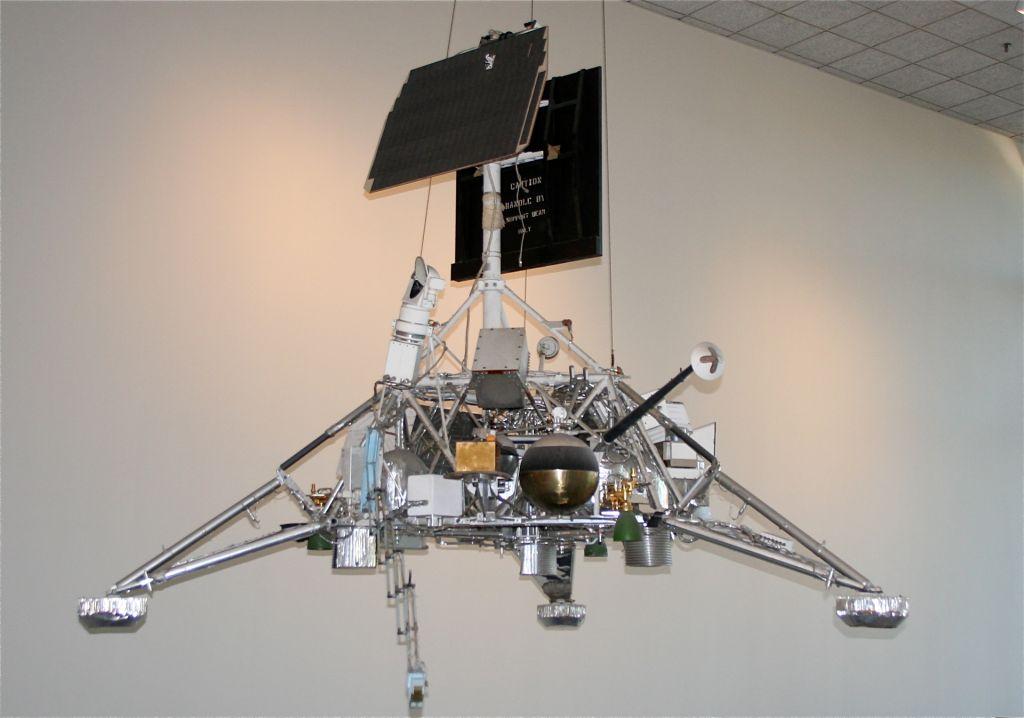Surveyor Program | Preparing For Manned Landings
Surveyor Mission's (1 - 7)
The Surveyor program followed NASA’s Ranger lunar missions and was designed to prepare for the upcoming manned Apollo missions by developing and testing technologies for conducting safe landings on the Moon. In addition to images, the robotic missions also acquired information about the lunar surface such as the bearing strength, radar reflectivity and temperature. 5 of the 7 missions were successful.

The Surveyor Program Summary!
Before the Surveyor missions, NASA scientists didn’t even know if it was safe to land on the Moon. So the primary goal was to demonstrate that soft landings on the Moon were possible, and safe, for manned Apollo lunar module. The second goal was to solve critical space engineering challenges involved with the complex landings.
Each Surveyor spacecraft was launched by the Atlas-Centaur rocket directly towards the Moon on an impact trajectory and ended with a deceleration from 2.6 km/s to a soft landing about 3 minutes later! Pretty impressive! With Surveyor 1’s successful landing on June 2nd 1966, it became the first American spacecraft to achieve a soft landing! By time the final Surveyor launched in January 1968, 5 of the 7 Surveyor missions completed successful soft landing.
The Surveyor 3 spacecraft gained notoriety when the Apollo 12 mission performed a pinpoint landing a mere 600m away so that they could retrieve components off the spacecraft. The components would be returned to Earth for analysis of the effects of being left in the harshness of space for several years. Amazingly, bacteria from Earth that was found on one of the components, had survived being in space! This has, in part, lead NASA to adopt strict procedures for interplanetary probes to not contaminate other moons or planets.
You can visit one of the spare Surveyors that were left over from the program at the National Air and Space Museum in Washington DC.








